Peperomia is a genera of small flowering plants occurring primarily in Central and South America. Many of these related species are commonly referred to as the peperomia plant, the radiator plant, and other names. Originally found in tropical regions around the world, they are now commonly kept as a houseplant. Like most houseplants, they are susceptible to a host of issues if not cared for properly.
Peperomia obtusifolia (the baby rubber plant) is one of the most common species, characterized by thick, rubbery leaves that almost resemble a succulent. Peperomia argyreia (the watermelon peperomia plant) is another popular variety with leaves that resemble the rind of the namesake fruit. For those who prefer climbing house plants, Peperomia tetragona is a vining species known as parallel peperomia.
Any one of these peperomia species can be quickly killed by improper care, especially when it comes to the delicate act of watering. Let’s explore the signs of an overwatered peperomia and how to remedy any issues as they appear.
signs of an overwatered peperomia
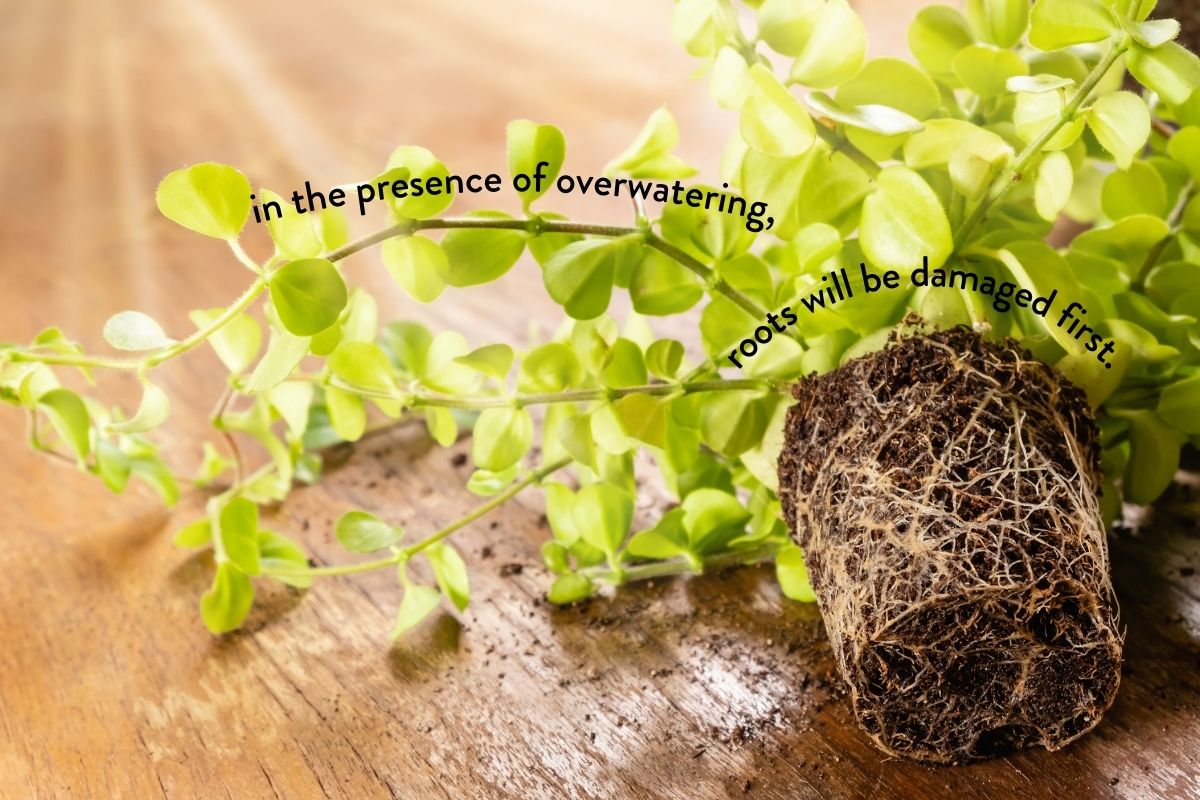
While water is an essential component of plant health and growth, it can also be their downfall. Too much water can have detrimental effects on houseplants like peperomia.
An overwatered peperomia will first be damaged at the root system. When the soil is saturated and waterlogged, the roots can essentially drown. They require access to air pockets in the soil as well, and when the soil is soaked, there is no air for the roots. This can lead to root rot and will eventually kill the rest of the plant.
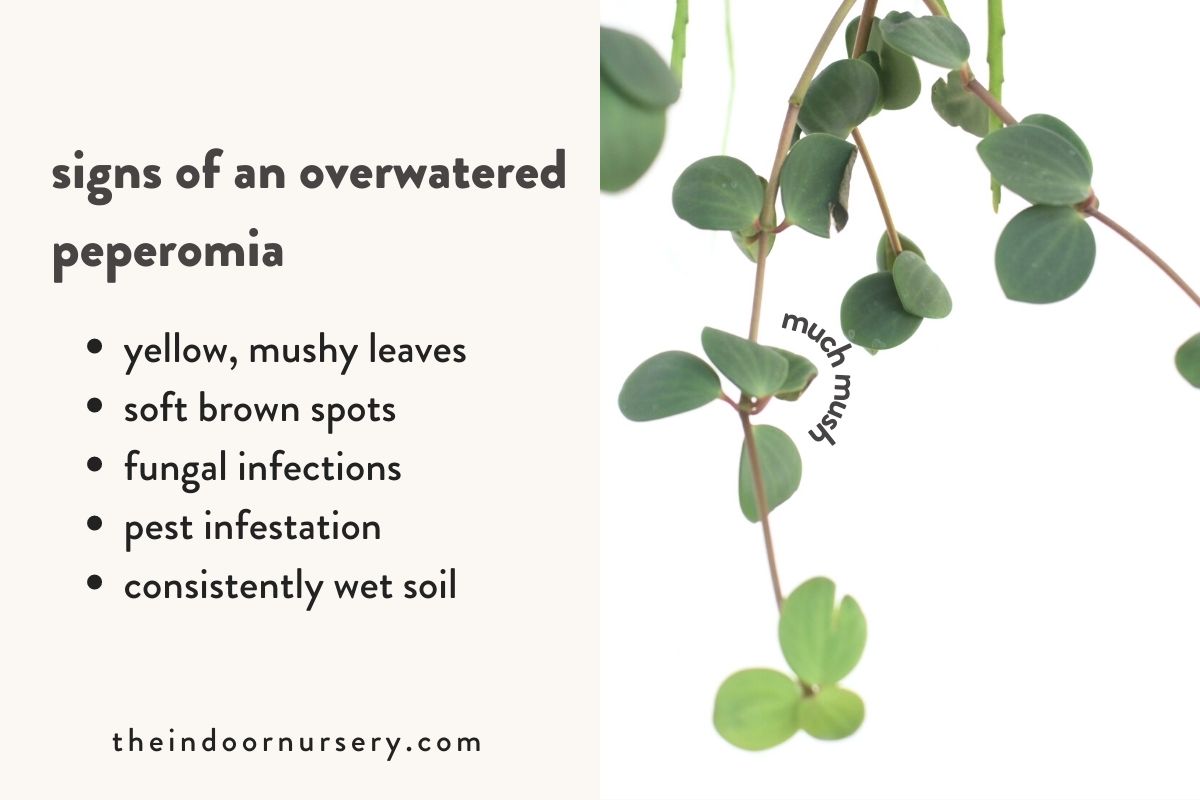
Signs of overwatering may include:
- yellow leaves and brown spots. The foliage of a peperomia plant will usually show the first visual signs of distress. While discolored foliage and spots on the leaves could point to a number of issues, it is a common sign of overwatering.
- fungal infections. Standing water is a breeding ground for bacterial or fungal infection. These pathogens will often manifest as moldy soil, with green or white growths above and below the soil surface.
- droopy leaves. Saggy or curling leaves—as well as drooping or mushy stems—are common signs of a sad, struggling Peperomia obtusifolia plant.
- root rot. Root rot is a fungal disease that does exactly what its name suggests—the roots will rot away until they can no longer support the rest of the plant.
- pest infestation. Wet conditions will often attract annoying insects to your plants. You may apply neem oil as a temporary defense against pests while you take care of the rest of the overwatering situation.
how to save a peperomia plant after overwatering
To save overwatered peperomia plants, you will have to put in a bit of effort. This includes trimming leaves and roots, letting the soil dry, and adjusting your watering schedule going forward. Unfortunately, once you see signs that a peperomia is overwatered, it is often too late to save it.
However, if all goes well, you will really feel like you brought the plant back to life, which can be a rewarding sensation.
what you’ll need
- Pruning shears or scissors
- A container with good drainage
- Rubbing alcohol
- fresh soil or potting mix
- perlite (optional)
step 1: assess the situation
Before you doctor up your plant, you will want to assess the whole “patient” first to know what you’re up against. Start by inspecting the peperomia’s leaves. Are there brown spots? Are the peperomia leaves curling?
Remove the plant from the soggy soil and check on the root ball—does it look like fungal diseases have taken over?
Take mental notes on any issues and then move on to the next steps to remedy them.
step 2: trim discolored leaves
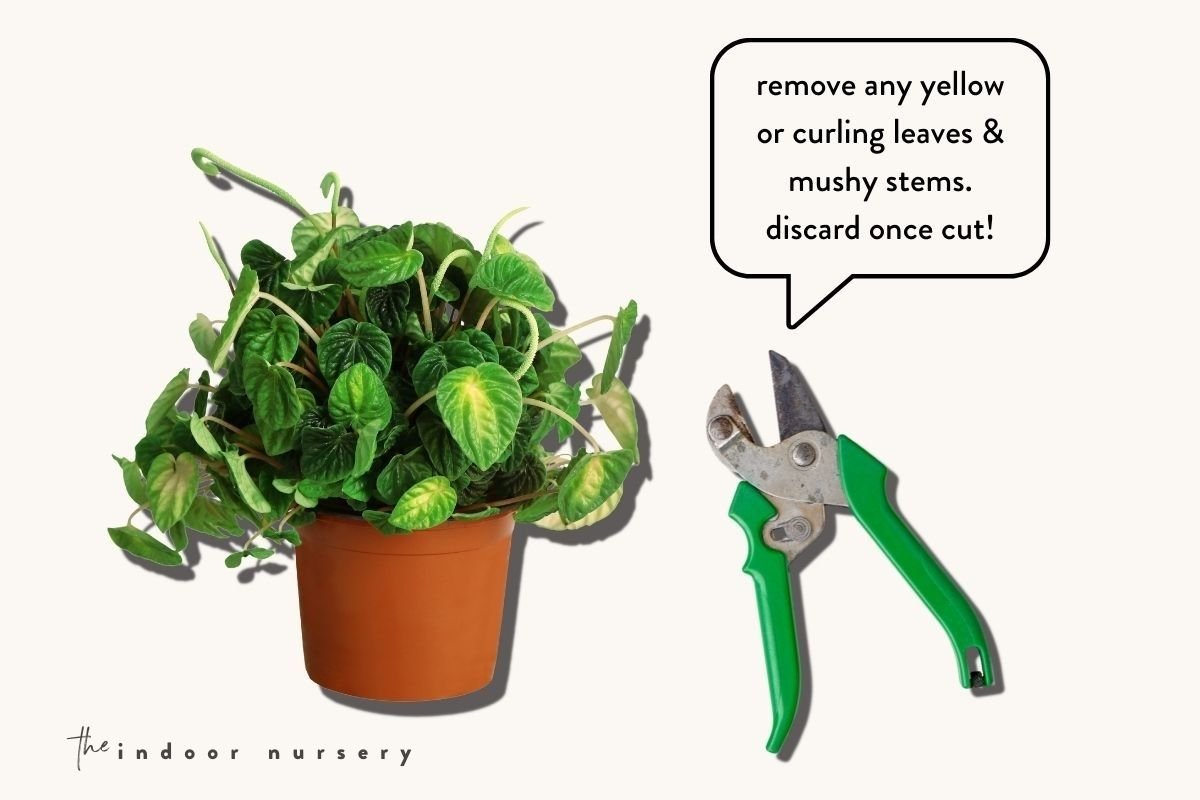
The dying foliage will become a drain on the rest of the plant, so it’s best practice to remove brown spots or leaves that are turning yellow. Sterilize a pair of pruning shears with rubbing alcohol and gently remove the damaged leaves. Discard the leaves to avoid spreading any infections. You can also remove any mushy stems while you’re at it.
If you are forced to remove over 50% of the foliage, the plant will have little chance of returning to its former glory (although it may still be worth a shot if your thumb is especially green).
step 3: remove damaged roots
If the root health was lacking in your assessment, you will need to tend to the root system. Remove the root ball from the soil and trim away any affected parts (these will be slimy, brown, or black roots). Use sterilized shears to avoid spreading any infections. Be careful to keep the healthy roots intact, as your peperomia will need all the help it can get as it re-establishes itself.
You can also treat root rot with fungicidal solutions, which are available online or at specialty gardening stores. Saving a peperomia from root rot is not always possible or worth the trouble—sometimes it’s best to admit defeat and start fresh with a new plant.
step 4: make sure the soil is dry
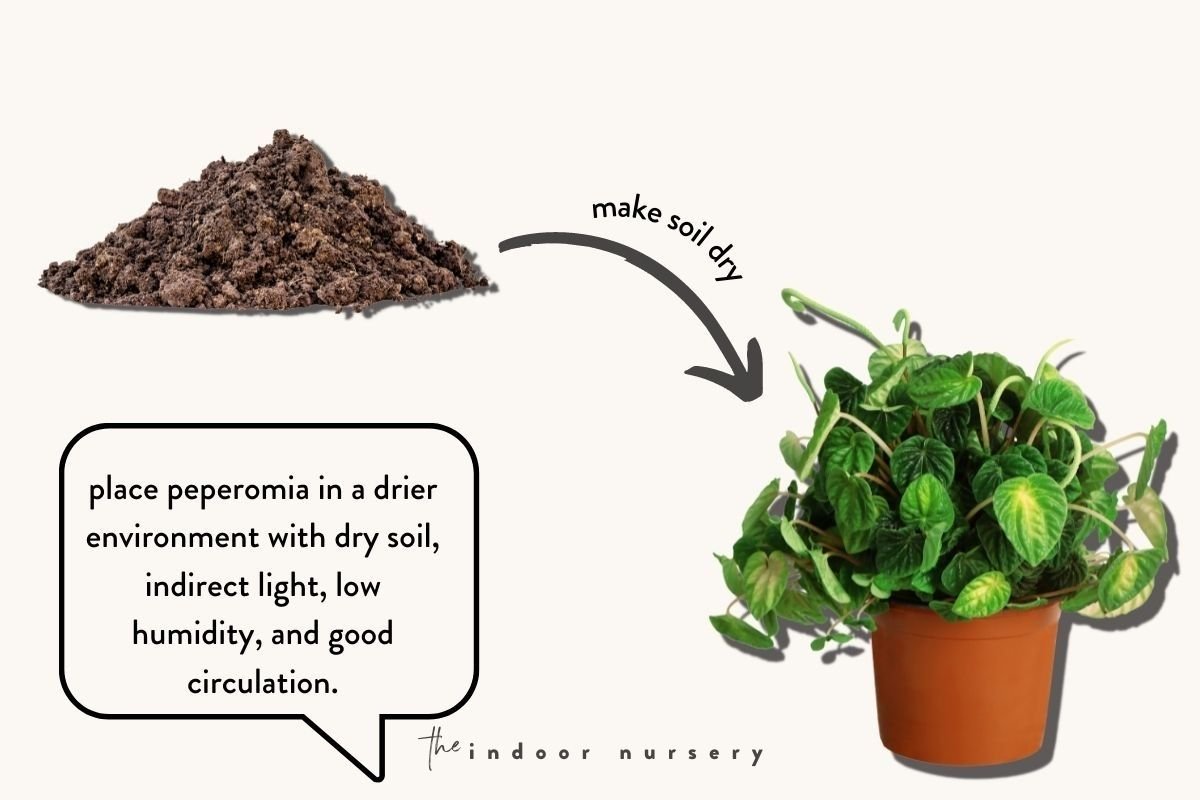
Now that the plant is all trimmed up, you will need to create the ideal habitat for it to recover. First and foremost, this will include a drier environment. To dry out the moist soil, place the plant in an area with good air circulation, low humidity, and bright indirect light. Avoid direct sunlight to prevent the growth of algae, bacteria, or fungi.
Once the soil is dry of excess moisture, you can think about including amendments or fresh soil to the container. Alternatively, you could skip this step and just plant the peperomia in fresh soil to expedite the recovery process.
step 5: adjust the soil (optional)
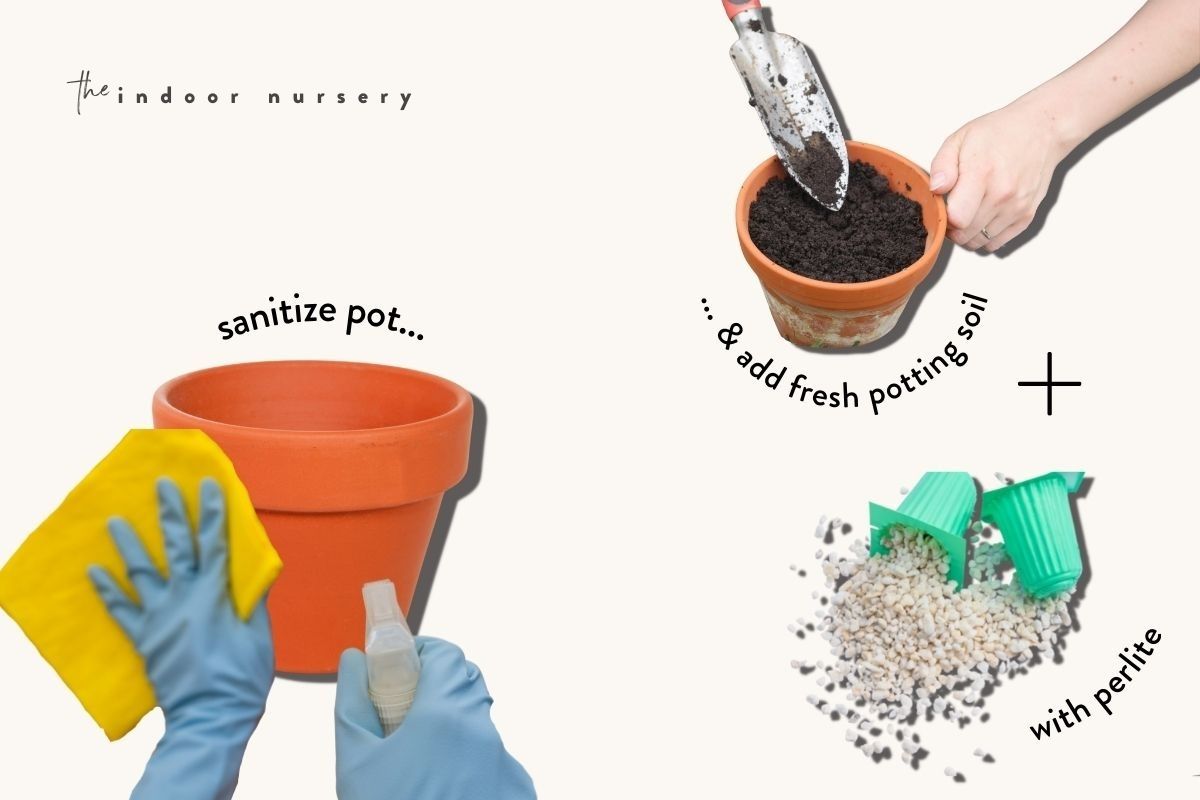
If you think your old soil or potting mix was the culprit, then feel free to add amendments or change it out entirely. If there was any sign of fungal infections, then you will certainly want to swap out all of the soil. In addition, you will need to disinfect the container with rubbing alcohol to kill off any remnants. Perlite is the most common amendment used to promote drainage in potting soil—feel free to add perlite at a ratio of up to 1 part perlite for every 2 parts soil.
Fresh potting soil is cheap and easy to come by, and it’s available at most big box stores. When choosing a new soil, make sure it is well-draining (which usually means it contains a healthy amount of perlite). I like this succulent soil mix, it’s got all of the elements you’re looking for. Make sure your container has drainage holes. If not, repot the plant into a new container that includes proper drainage features.
step 6: create a watering schedule
As the plant was likely being overwatered before, you will want to reduce your watering frequency and find the right balance. To determine when the plant requires watering, you can check the soil—if the soil is dry to a depth of 2 or more inches, it is time to water your peperomia plant.
Water your peperomia thoroughly each time. You should see some excess water drip out of the bottom of the container—when this happens, your watering is complete! Wait until the top of the soil dries out again in a few days and repeat the process.
Now step back, be proud of your work, and enjoy your healthy plant! Expect new growth within a few weeks as your peperomia recovers.
tips for avoiding peperomia overwatering
Once your plant recovers, you will certainly want to avoid doing damage to it again. You should have a better idea of what it needs to survive, including airy soil with perlite, indirect sunlight, and, of course, water (but not too much!). To prevent overwatering in the future, there are a few tips you can follow:
- use a moisture meter. To help determine when it’s time to water, many gardeners like to use moisture meters. The sensing probe can be inserted into the soil to give you an accurate reading of the current level of moisture. No guessing or intuition necessary!
- use the correct soil. A well-draining soil is essential for most houseplants like Peperomia obtusifolia. By the highest-quality potting mix you can help ensure your success.
- stick to a schedule. While most plants can handle inconsistent waterings (as this is how nature provides it), most peperomia varieties, such as Peperomia obtusifolia, grow best when they receive a regularly-scheduled watering. Once you find a schedule that works for your plant, stick to it!
- water thoroughly, less often. If you just add a splash of water to the top of the soil, it may appear that the plant is watered. However, all of the soil beneath is still dry. This will cause the roots to grow in awkward ways. Instead, each time you water, enough should be added so that the excess drips out of the bottom of the container.

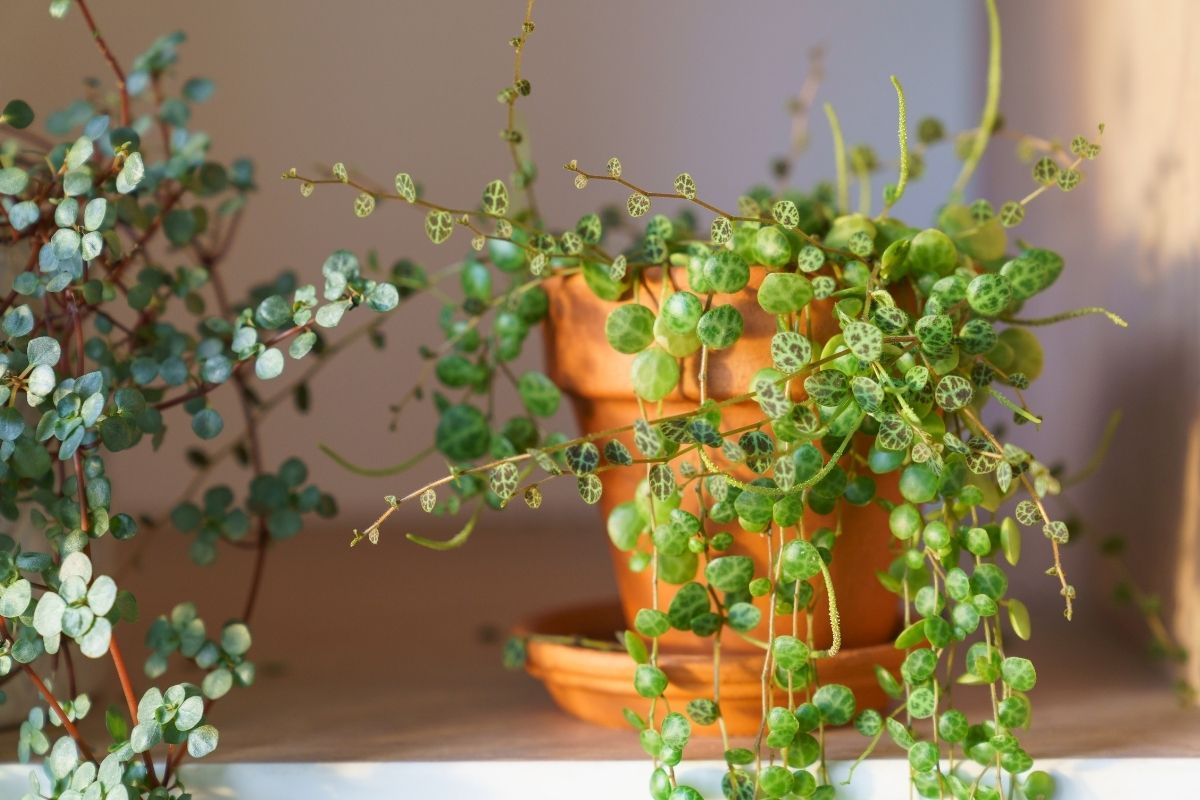
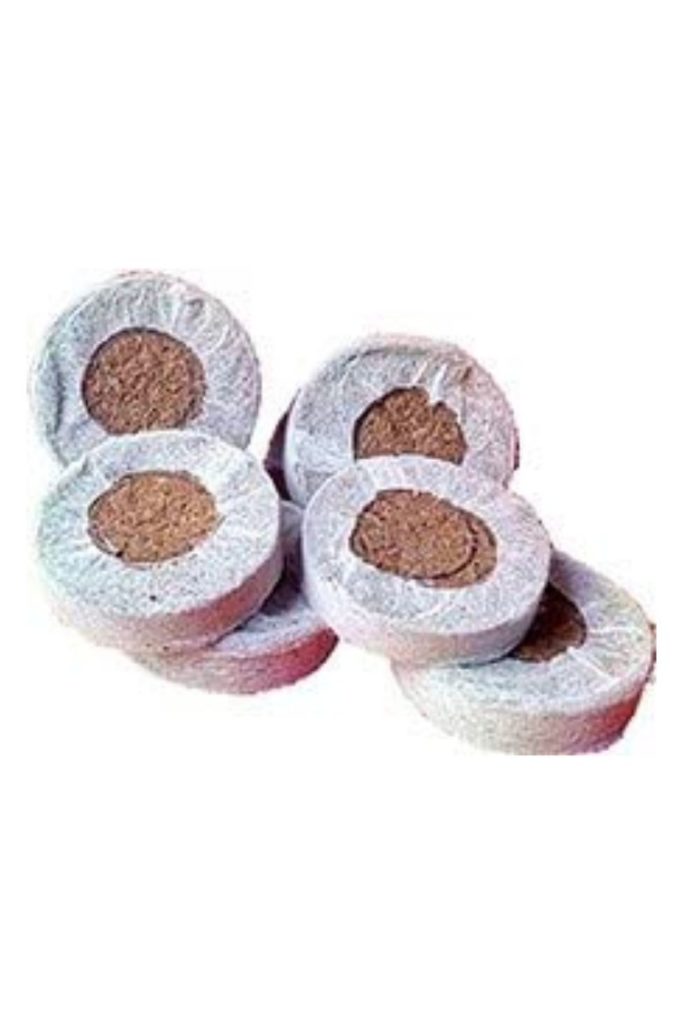
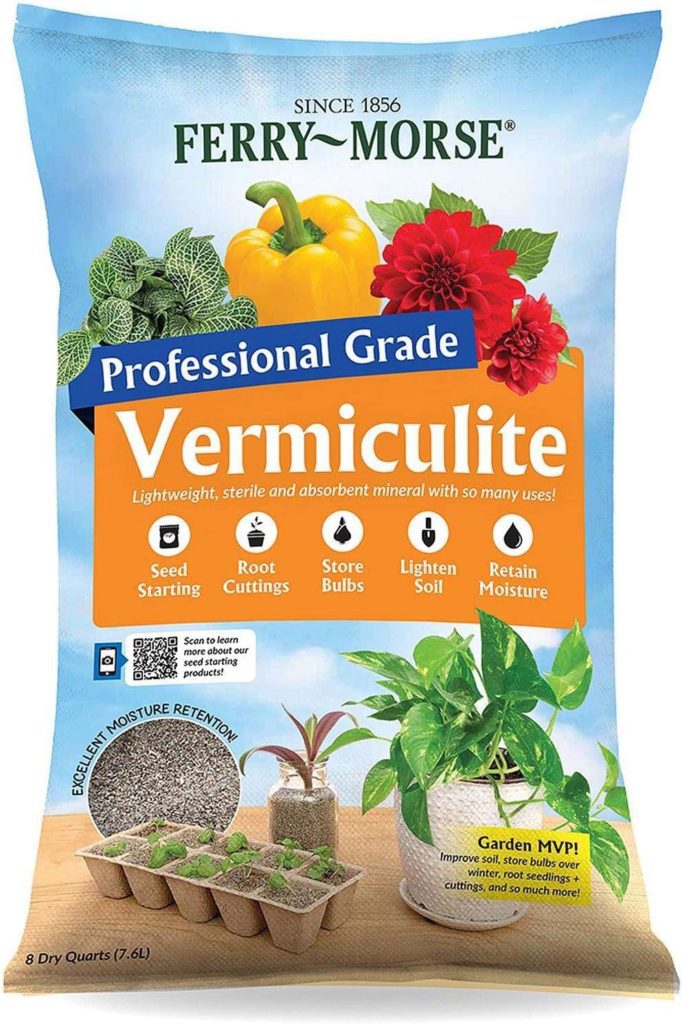
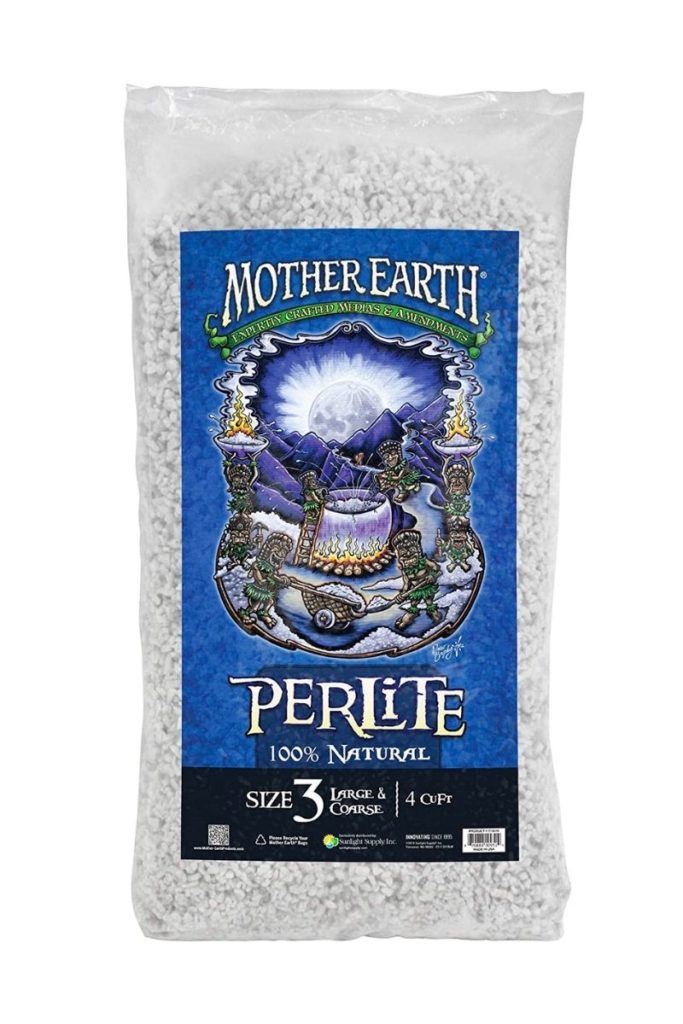

Hi, my peperomia plant looks like it’s dying . While the leaves are still green, the stem is very flimsy and it won’t stand up straight. I’m not sure if I have overwatered or under watered given that it has not improved and I’ve tried leaving it unwatered for two weeks, and then watering it and nothing, thanks
Hi Dani,
I’m very sorry to hear about your sick Peperomia. Without looking at the plant myself or seeing photos, it’s hard for me to diagnose. Reading your description of your plant’s symptoms it could be either under-watering or over-watering. The symptoms are rather similar.
If you think you’re getting your watering regime right, I’d also keep an eye out for pests. Spider mites and scale love Peperomias and can cause the symptoms you are describing.
By chance, do you use Reddit?
If so, the subreddit r/plantclinic is a great resource for sick plants. If you posted a couple of photos to this sub, I’m sure the guys over there would be super happy to help you out.
If you post over there, I’ll be sure to keep an eye out for it.
Sorry I couldn’t be more help. Good luck!
Hi I have a Peperomia griseoargentea in my room and its apparently dying. I bought her like 3months ago and by now all but one is left and most of them got dry and brown. Im watering it every day with a boiled standing water from a spray and keeping it near the window so it has enough light but not direct.
How to save it?
Hi, Darija! I’m so sorry to hear that, peperomias are a bit sensitive. I’ve learned that each one is unique and has different needs, depending on its health and environment. When a plant is sick, its immune system is weak (just like us when we get sick!) so sometimes our treatments can be harmful since our plants don’t have the strength to recover. Dry and brown leaves do sound like an underwatering situation, though it sounds like you’ve started watering it more regularly now. How is the soil? Does it retain moisture? Have you noticed any pests? Peperomias do like humidity so it might be helpful to get an all-in-on hygrometer/ph meter to check out the moisture levels in both the soil and air, as well as soil ph levels. When your plant is a bit healthier, try changing the soil. I really like Fox Farm soil, it is full of nutrients, healthy microbes, and retains moisture really well. Add some amendments so it’s not too dense for the peperomia. Keep me updated! Shoot us an email if you’d like to chat more 🙂